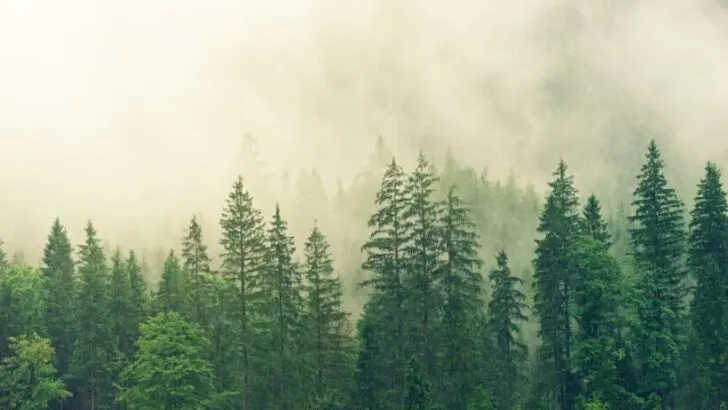Forests are arguably the planet’s greatest form of resiliency. Their ability to bounce back from the vicissitudes of weather events means that they are one of the natural world’s best defenses against the increasingly unpredictable weather extremes brought on by climate change.
Forests significantly moderate winter temperatures and winds, while also reducing temperatures in the summer months. Forests release large amounts of water into the atmosphere through transpiration, and as a result increase rainfall and dew. Forests prevent erosion not only through their roots holding the soil together, but also by intercepting tremendous amounts of water during rainfall events that would normally carry large amounts of organic matter and soil along with it if the vegetative structure of the forest was absent. Through this manner of water interception, forests also control flooding. As the canopy and understory plants capture and slow the transfer of water to the ground, it allows the soil to saturate slower and for organic mass to soak up water. Without it, water would pool up quickly and gather velocity as it is pulled down by gravity towards all lower points, which are usually rivers, valleys, and other areas that we find human settlement and development. Forests thus moderate both flood and drought. Forests help sustain “base flow” in streams and rivers. Base flow essentially being the component of our watersheds coming from groundwater, as opposed to runoff and precipitation.
Not to mention the products, food, medicine, recreation, and healing we get from these tree-dominated landscapes.

